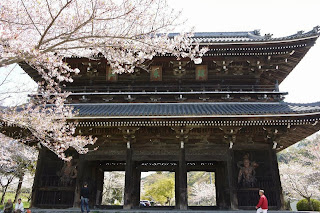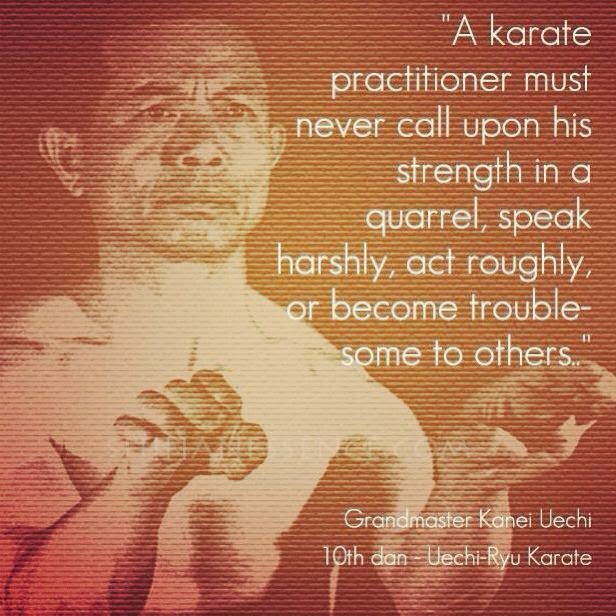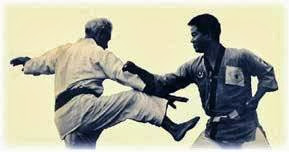DAN RANKING OKINAWA-Tii 1st to 10th dan black t
RYUKYU DAN RANKING SYSTEM is based on the SHURI CASTLE COLORS :
 * BLACK * SILVER * RED * GOLD *
* BLACK * SILVER * RED * GOLD *1 to 3rd DAN BLACK Belt with SILVER stripe (Lengthwise)
4 to 6th DAN BLACK Belt with GOLD stripe (Lengthwise)
7 to 9th DAN RED Belt with GOLD stripe (Lengthwise)
10th DAN Solid GOLD OBI
SHORID S NJIRYU RYUJIN T
SHORINJIRYU RYUJIN TiiJUTSU DAN RANKING
1st to 4th : SOLID BLACK BELT (Calligraphy : Style & Name)
5th Dan : Black and White (Sectional Belt) with White Ends.

6th to 8th Dan : Black & White (Sectional Belt) "1" "2" "3" Black Stripes (Widthwise)
9th Dan : Black & White (Sectional Belt) with Gold & Red Ends (lengthwise)
10th Dan : * * Solid Gold Belt * *
DAN RANKING IN OKINAWA KARATE 1ST IIIIII TO 10TH DAN
OTHER Ryukyu Styles :
In some Okinawan Styles 1st to 5th Dan Wear Plain Black Belts
 6th Dan One Stripe , 7th Dan Two Stripes , 8th Dan Three Stripes
6th Dan One Stripe , 7th Dan Two Stripes , 8th Dan Three Stripes9th Dan Solid Red Belt , 10th Dan Solid Red with White Tips.

















































